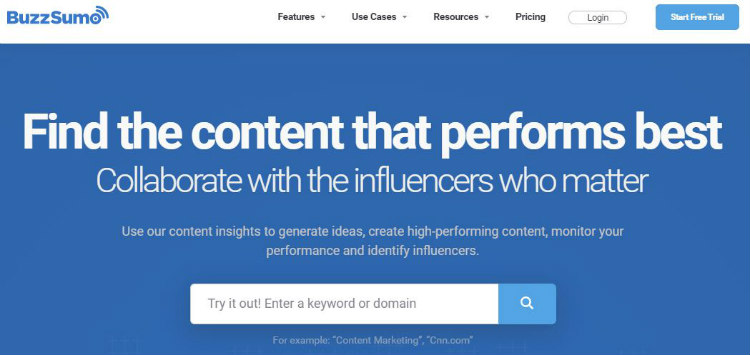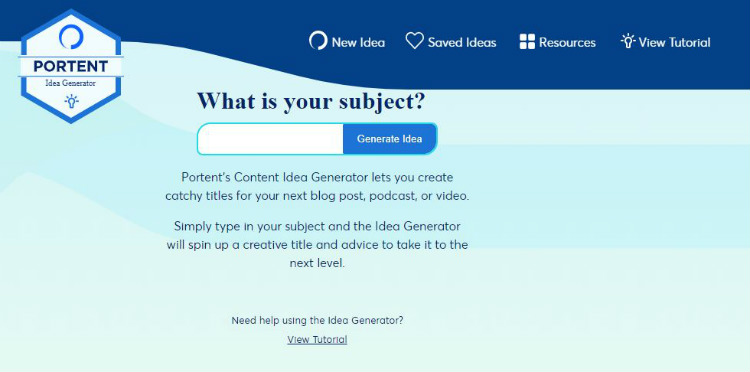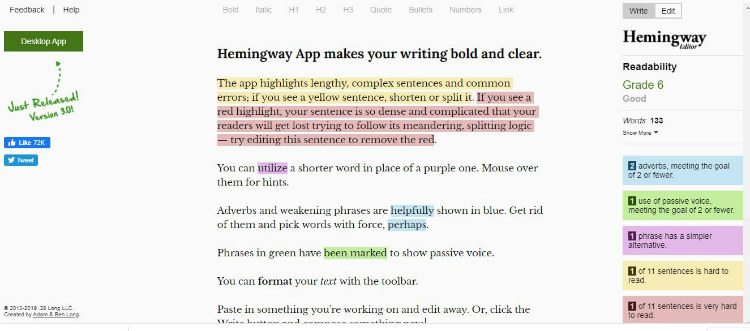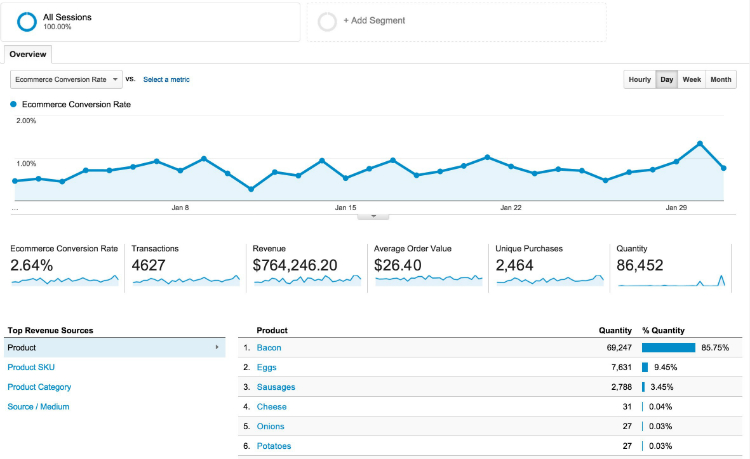Are you ready to give your content marketing campaign the utmost attention?
Your answer is most likely going to be in the affirmative, but starting a new social media and content marketing campaign is never as easy as you think. Because there are a number of tasks and resources you will need to get it up and running.

With every business leveraging Insights for Better Branded Content as part of their overall strategy, failing to plan for your content campaign will mean leaving fat meat on the table.
As you’re about getting started with planning, creating, and distributing your content on social media, you’re most certainly going to be confused as to the right tools to choose for the task.
In this article, I’ve compiled a list of top tools for you to plan your next branded content marketing. These tools are just the most important tools you will need to start running your campaign.
Below is the list of my top tools for you:
Hubspot’s Blog Topic Generator
Although this tool can be of great help when it comes to generating topic ideas for your content it’s not to be relied upon all the time. The tool comes in handy in a situation where you find it difficult to come up with a good topic to write about. And in that case, you can simply turn to Hubspot’s Blog Topic Generator to get ideas for creating your content.
To get started, you simply log in to the website and enter a term (preferably a noun) relating to your business and the tool will provide you with 5 blog topic ideas in return.
BuzzSumo

BuzzSumo is one of the most effective social media marketing tools used for researching, monitoring, and determining what content performs best for a topic or competitor. You can also use it to find key influencers related to particular topics.
How BuzzSumo works is by visiting the website and then enter your keyword into the search box. Once done, click on the search icon and you’ll be provided with a list of content already doing well in social media.
With this data provided, you will know which content is doing well for your targeted keywords and what approach to take when creating your next content.
In a nutshell, BuzzSummo will help your content marketing strategy in the following ways:
- Knowing what is getting shared on social media.
- Finding influencers related to your business to help you share your message.
- Appraising your current blog topics
- Creating top-performing content through data and trend analysis.
Portent’s Content Idea Generator

Generating unique titles for your blog posts is a skill you must acquire to attract both human and search engine readers. Although there’s a cliché phrase “Don’t judge a book by its cover, that isn’t applicable to the web content readers.
As you continue to create content for your blog, you need to find out which title works or doesn’t and how to twist it to make it work.
While you’re trying to learn this skill, I suggest you give Portent’s Content Idea Generator a try. With this tool, you will never struggle again before generation unique titles for your blog posts.
To use the tool, simply type in your term into the search box and you’ll be provided with a variety of catchy and unique titles. The good thing about this tool is that you can refresh the search to get another title if the first idea doesn’t appeal to you.
Google Keyword Planner
Without doubt, any article about content planning that doesn’t mention Google Keyword Planner tool would be totally incomplete. This is so as it’s a powerful tool when it comes to finding keywords related to your business.
From finding new keywords to search volume trends, and from keyword performance forecast to average cost-per-click (CPC), you’ve got a lot to gain from using this powerful for your content planning.
Hemingway Editor

Obviously, for you to attract more readers to your blog and make your blog posts lively to read your content must be of high-quality and error-free.
If you’re having difficulty with spotting and fixing problem areas in your writing, Hemmingway Editor is the tool you need. The tool helps you identifies problems in your blog post writing and present you with suggestions to fix those issues before hitting the “Post Button”.
Easel.ly
These days you need to go beyond textual content; you need to create visual content as part of your content marketing strategy. Unlike textual content, visual content is more shareable, presentable, and lasts longer than any other type of content. Plus, visual content is much more being consumed daily than any other type of information.
Additionally, visual content helps businesses in both backlinks generation and search engine ranking.
For example, you can use visual content on your blog and also share it across various social platforms. However, leveraging Audience Insights to Sell More Sponsored Content will go a long way toward creating highly performing textual and visual content. Because you already know who your target audience is and what interest them.
While creating visual content can be on the high side for small businesses, there are many ways to cut the cost. If you’re on a shoestring budget Easel.ly is the tool to use. As an infographic maker, Easel.ly lets you produce visual content from any kind of information, thereby making your presentation very intriguing and easy.
Creating visual content doesn’t have to be as costly or tedious as you think. Easel.ly allows you to create appealing infographics using readily available templates and with “drag and drop” functionality.
Google Analytics

Once you’re done with creating the content, sharing it across the social platforms, and finding influencers to help you share your message. And you want to take a break; there is still one important thing you need to do – tracking your results. To do this effectively, you need a tool called Google Analytics.
With this tool, you’re able to know things like:
• How much traffic is being generated by your content?
• Which of your content is performing best?
• Where majorly is your traffic coming from?
• Which keywords bring you the most traffic?
Once you’re able to gather data on all these salient areas above, you’ll be able to determine what is working and what needs tweaking in your subsequent blog post.
All of these questions are important for you to answer, as the information you gather can help you adjust your approach in the future.
But to be able to understand all the metrics in Google Analytics, you’ll need to set aside time to get familiar with how it works and how to translate its metrics.
Wrapping Up
Finally, there are more than just the tools listed above for planning your next branded content campaign; I believe you’d find this list very helpful. What’s most important is to get started first and then explore more tools as you find appropriate.
What tool do you find most helpful for planning your content strategy?
I’d be glad to hear from you!


